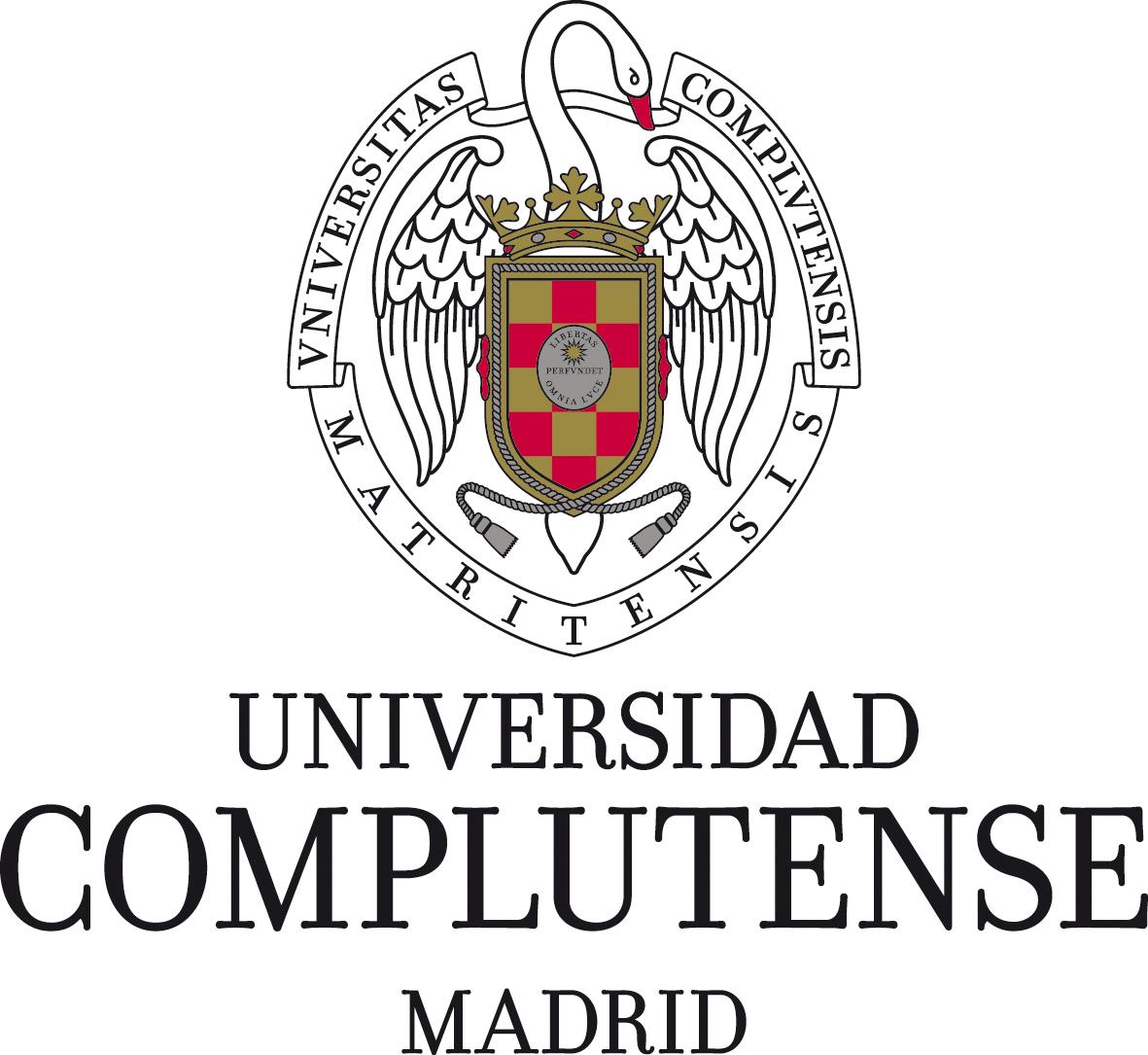Análisis paramétrico de las emociones a través de las expresiones faciales en un proceso de ruptura cognitiva
03 Jun 2024

¿Cómo de seguros estamos de nuestras ideas y modelos de cómo funciona el mundo natural? Mucho. En este estudio, recién publicado en la revista Enseñanza de las Ciencias, se analizaron las emociones presentes en los estudiantes durante del desarrollo de una experiencia discrepante. Este tipo de experiencias que, en apariencia, parecen problemas prácticos sencillos, tienen en realidad una respuesta contraintuitiva. Este tipo de respuestas inesperadas, sorpresivas y, en cierta forma, paradójicas para el sentido común; disparan un proceso de ruptura cognitiva al desafiar las ideas y modelos, así como una respuesta emocional.
La confianza en las ideas previas
Los participantes en el estudio mostraron un alto nivel de «confianza» en sus conjeturas sobre el resultado de la experiencia. Esta confianza se debe a que se consideran preparados para poder aplicar sus conocimientos. El choque entre la seguridad con su expectativa en la experiencia con el proceso real genera una respuesta emocional a la que podemos anticiparnos y utilizar como herramienta.
El proceso emocional en la ruptura cognitiva
El proceso de ruptura cognitiva fue acompañado de una actividad intensa en las expresiones faciales, que ligamos a emociones. En concreto, se observaron tres patrones de expresiones de emociones durante el proceso que sugieren una vinculación entre la dimensión afectiva y la epistémica.
Los participantes realizaron una representación gestual del experimento y el proceso físico subyacente con las manos que acompaña la explicación verbal. Los datos de identificación de emociones presentes durante este proceso mostraron una similitud con las emociones sentidas durante la observación de la experiencia. La expresión emocional se emplea como énfasis de los elementos que consideraron claves, pero con las mismas emociones sentidas en el proceso de ruptura.

Por lo tanto, parece que cuando explicamos un fenómeno natural asociamos los hechos a emociones propias. Así, se le da una relevancia a ciertos momentos frente a otros mediante una carga emocional que va ligada a la expresión gestual y el proceso cognitivo.
La medida paramétrica de las emociones en la ruptura cognitiva
En investigaciones previas se han analizado las emociones a través de las expresiones faciales mediante reconocimiento con un sistema de inteligencia artificial. De esta forma se han ligado emociones epistémicas a expresiones, pero existen muchas otras emociones que tienen un papel en los procesos de aprendizaje que pueden incorporarse al análisis de expresiones, especialmente en el entorno educativo y sus particularidades.
Se debe tener presente el papel de las emociones como principios para el diseño de entornos de aprendizaje, ya que estas están interrelacionadas en los procesos de observación, los procesos cognitivos y el cambio conceptual.
Más información
Para citar esta publicación (APA): Ezquerra, A., Pamplona, S., Casas-Mas, A. y Nieto-Gómez, I (2024). Estudio de emociones en un proceso de ruptura cognitiva a través del reconocimiento facial. Enseñanza de las Ciencias, 42(1), 23-42. https://doi.org/10.5565/rev/ensciencias.5987
Consúltanos
sin compromiso
Resolvemos tus dudas y te asesoramos teniendo en cuenta todas tus necesidades.

